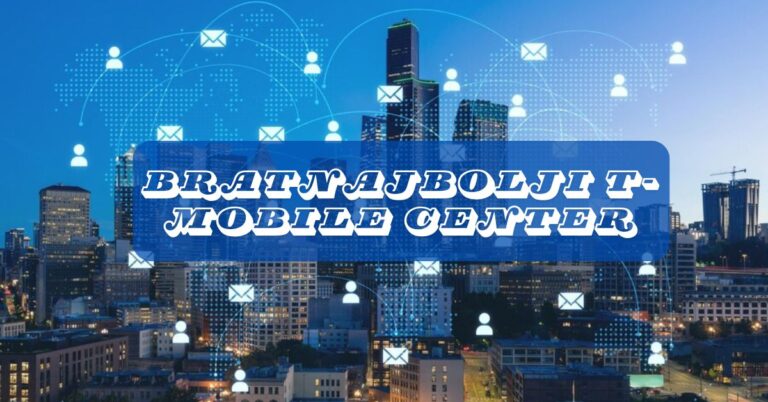Unleashing Potential in Facility Operations for Maximum Efficiency
In a fast-paced industrial landscape, optimizing facility operations is crucial. This blog post discusses best practices in maintenance scheduling and energy efficiency, offering actionable insights for facility managers and industrial engineers to boost productivity, reduce costs, and enhance sustainability.
Understanding the Core Challenges in Facility Management
At the heart of facility management lies a series of complex challenges. First, there’s the issue of aging infrastructure, which can lead to increased maintenance costs and reduced efficiency. Balancing cost and quality in upgrades and repairs demands careful planning and foresight from facility managers.
Additionally, the human element cannot be overlooked. Ensuring that staff is adequately trained and motivated to adhere to best practices is vital. Human error remains a significant factor in operational inefficiencies, making continuous training and clear communication imperative. Lastly, regulatory compliance adds another layer of complexity. Keeping abreast of changing laws and standards requires diligence and resources, yet it is non-negotiable for safe and lawful operations.
Best Practices in Maintenance Scheduling and Predictive Maintenance
Effective maintenance management is a pillar of operational efficiency. Regular maintenance scheduling ensures equipment longevity and prevents unexpected breakdowns, which can be costly and disruptive. Implementing a robust maintenance schedule involves meticulous planning and a thorough understanding of each asset’s lifecycle.
Predictive maintenance is a game-changer in this regard. By using data analytics and IoT technology, facilities can predict equipment failures before they occur, allowing for proactive maintenance interventions. This approach not only extends the life of assets but also significantly reduces downtime and maintenance costs.
Combining these strategies creates a comprehensive maintenance plan that maximizes asset performance and reliability. Facility managers should invest in training and technology to fully leverage the benefits of predictive maintenance, turning potential problems into streamlined solutions.
Utilizing Technology for Real-Time Monitoring and Reporting
Incorporating technology into facility operations is no longer optional—it’s essential. Real-time monitoring systems provide facility managers with immediate insights into operational status, enabling quick decision-making and efficient problem-solving. Through IoT sensors and advanced software platforms, managers can track performance metrics, detect anomalies, and optimize resource utilization.
The integration of AI and machine learning can enhance these capabilities even further. By analyzing vast amounts of data, these technologies can provide actionable insights and forecasts, helping facilities to fine-tune their operations and anticipate future needs. Facility managers should focus on selecting technology solutions that align with their specific operational goals and invest in training their teams to use these tools effectively.
Reporting is equally important. Regular, detailed reports provide a snapshot of operational health, helping managers make informed decisions and communicate effectively with stakeholders. By ensuring that reporting systems are accurate, comprehensive, and user-friendly, facilities can maintain transparency and accountability throughout their operations.
Strategies for Energy Efficiency and Sustainable Practices
Energy efficiency is not just a cost-saving measure; it’s a critical aspect of sustainable facility management. By implementing energy-efficient practices, facilities can reduce their carbon footprint, comply with environmental regulations, and achieve significant cost savings. The first step towards energy efficiency is conducting an energy audit to identify areas of improvement.
Sustainable practices extend beyond energy usage. Facilities can adopt waste reduction strategies, water conservation techniques, and sustainable sourcing of materials to enhance their environmental stewardship. Facility maintenance companies like those available in Wyoming can play a key role in this process. Engaging with employees and stakeholders to promote a culture of sustainability is also crucial, ensuring that these practices are embraced and maintained over the long term.
Incorporating renewable energy sources, such as solar or wind power, where feasible, can further enhance sustainability efforts. By taking a holistic approach to sustainability, facility managers can position their operations as leaders in environmental responsibility, gaining a competitive edge and fostering goodwill among customers and the community.
Enhancing Safety Protocols and Compliance Measures
Safety remains a top priority in facility operations. Developing and implementing robust safety protocols is essential to protect employees, assets, and the surrounding environment. Regular safety audits, risk assessments, and emergency drills are key components of a comprehensive safety program.
Compliance with industry standards and regulations is equally important. Facility managers must stay informed about changes in legislation and ensure that their operations meet or exceed these standards. This involves regular training for staff, maintaining up-to-date records, and implementing best practices across all areas of operation.
By prioritizing safety and compliance, facilities can minimize risks, improve employee satisfaction, and avoid costly fines and legal issues. A proactive approach to safety not only protects the facility but also enhances its reputation as a responsible and trustworthy organization.
Conclusion
Now that we have explored the various strategies and best practices for effective facility management, it’s clear that a holistic approach is necessary to drive success. By combining predictive maintenance, technology utilization, energy efficiency, safety protocols, and compliance measures, facilities can achieve optimal performance, reliability, and sustainability.







